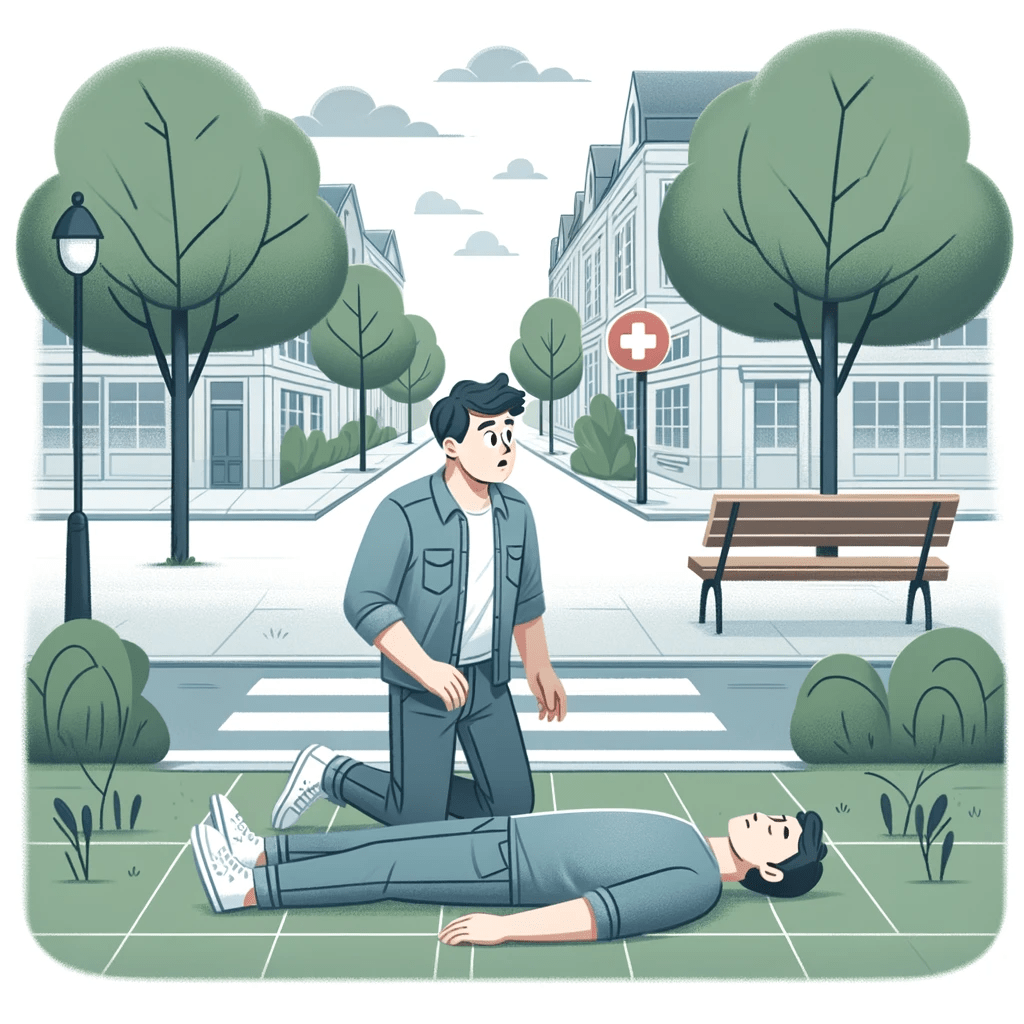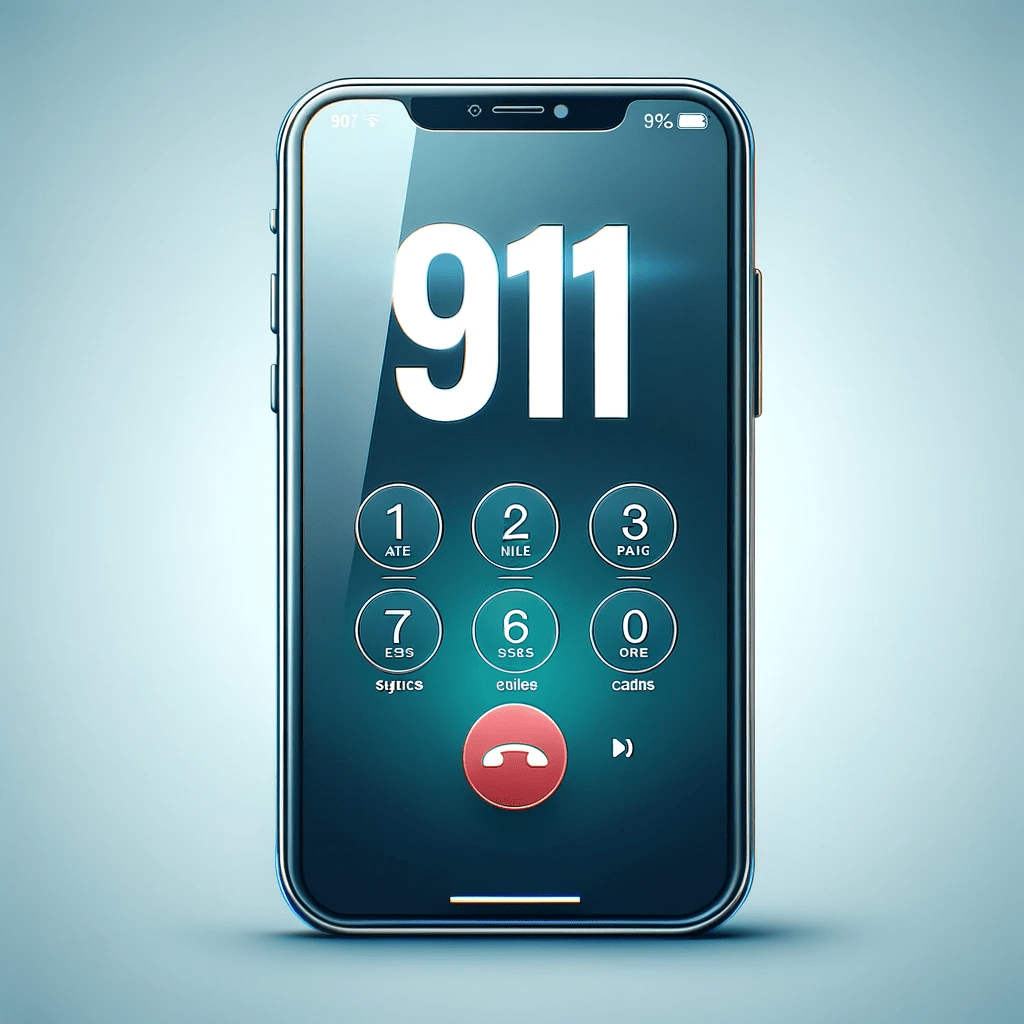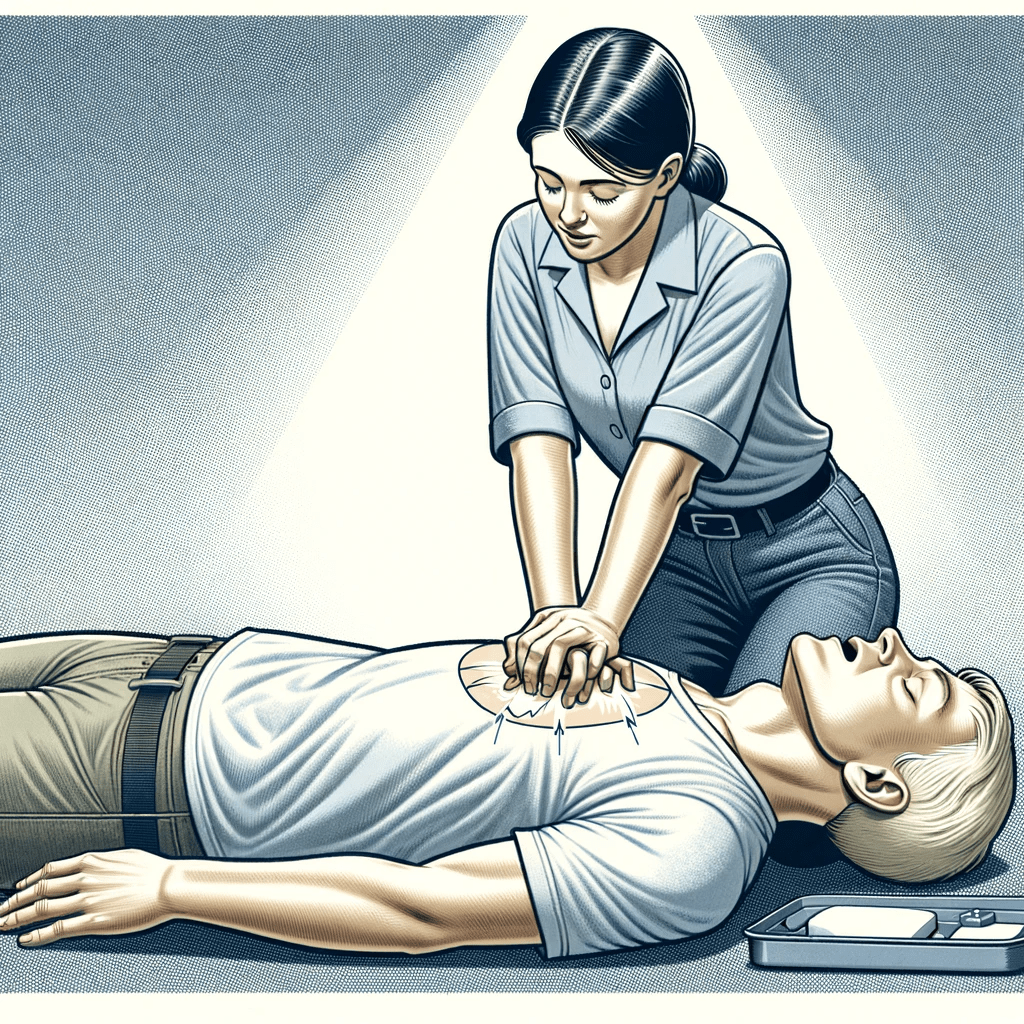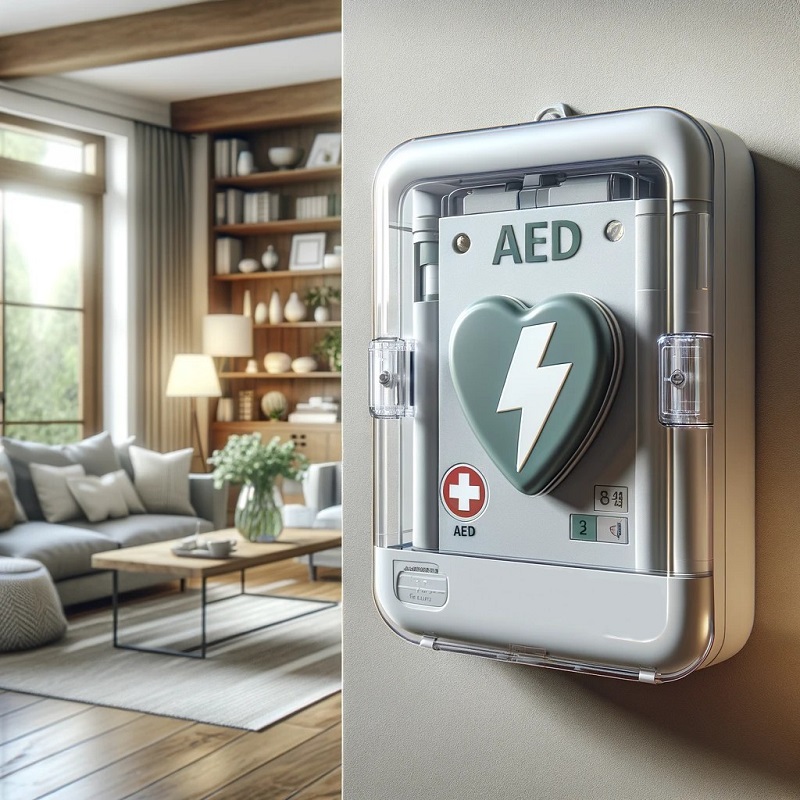How to Perform CPR
- by Sduehring
Table of Contents

Cardiopulmonary resuscitation (CPR) is a life-saving technique crucial in emergencies involving sudden cardiac arrest. Whether you’re a first responder, a healthcare professional, or a general public member, possessing CPR skills can make the difference between life and death. This guide provides you with detailed instructions on performing CPR effectively.
Introduction
The moments following a sudden cardiac arrest are critical. Quick and effective CPR can double or even triple a person’s chance of survival. This guide covers the basics of CPR and follows an easy-to-understand, step-by-step process.
Step 1: Assess the Situation

Before you act, you must ensure the scene is safe for you and the victim to avoid potential harm. Look for hazards such as fire, traffic, or other immediate dangers. Once deemed safe, check the victim for responsiveness by gently shaking their shoulders and asking loudly, “Are you okay?”
Step 2: Call for Help

If the victim remains unresponsive, immediately call for emergency services or instruct someone else to do so. Time is of the essence, so be clear and concise. If available, ask for an Automated External Defibrillator (AED), as it may be vital in the subsequent steps.
Step 3: Perform Chest Compressions
- Ensure the victim is lying on their back on a firm, flat surface.
- Kneel beside them and place the heel of one hand on the center of their chest, then place your other hand on top, interlocking your fingers.
- With arms straight, use your body weight to compress the chest at least two inches deep, maintaining a rate of 100-120 compressions per minute. A rhythm akin to the beat of the song “Stayin’ Alive” by the Bee Gees can help maintain the correct pace.
- Release pressure between compressions while still keeping your hands in place.

Step 4: Give Rescue Breaths
After 30 compressions, rescue breaths should follow:
- Use the head-tilt, chin-lift method to ensure the airway is open.
- Pinch the victim’s nose shut, take a normal breath, and create a complete seal over their mouth with yours.
- Blow into their mouth for about one second, ensuring you see their chest rise with each breath.
- Give two breaths, then proceed to continue performing chest compressions.
Step 5: Continue CPR
Maintain the CPR cycle of 30 compressions followed by two rescue breaths. This rhythm must be constant and uninterrupted except when assessing the victim or if an AED is being used.
Step 6: Use an Automated External Defibrillator (AED)

If an AED is available, it should be utilized as soon as possible:
- Turn on the AED, and it will provide audible instructions.
- Expose the victim’s chest and apply the AED pads. One pad should be placed to the right of the sternum, just below the collarbone. The other pad should be positioned to the left of the chest, side below the ribcage.
- Ensure no one is touching the victim when the AED analyzes their heart rhythm.
- If a shock is indicated, ensure no one is in contact with the victim and press the shock button as directed by the AED.
- After delivering the shock, immediately resume CPR, starting with chest compressions.
Step 7: Continue until Help Arrives
CPR should be continued without interruption until emergency medical professionals take over, there are signs of life, the person is breathing normally, or you are physically unable to continue due to exhaustion.
Real-Life Case Studies
Let’s consider three real-life scenarios where CPR made a vital difference:
Case 1: Public Potential Tragedy Averted
In a bustling train station, a commuter collapsed with no pulse. A bystander trained to perform CPR quickly stepped in to provide chest compressions, drawing on their training to provide crucial aid until paramedics arrived. This intervention kept blood flowing to vital organs until professional help could take over, saving the commuter’s life.
Case 2: Quick-Thinking in the Clinic
During a routine visit to a doctor’s office, a patient suffered cardiac arrest. Healthcare personnel immediately engaged in their CPR training and used an AED within minutes, restoring the patient’s heart rhythm before the ambulance arrived.
Case 3: First Responders on the Scene
A first responder was dispatched to a remote location where an individual was found unconscious. Despite challenging conditions, the first responder provided continuous CPR, showing the importance of adaptability and perseverance in emergencies.
Key Takeaways
- CPR Saves Lives: Quick and proper response to cardiac arrest can drastically improve survival rates.
- Safety First: Always ensure the scene is safe before starting CPR.
- Technique Matters: Proper chest compression depth and rate are essential for effective CPR.
- The Role of AEDs: Automated External Defibrillators significantly increase chances of survival when used correctly and promptly.
- Persistence is Crucial: Do not stop CPR until help arrives or signs of life are evident.
The knowledge and ability to perform CPR are invaluable, not just for professionals but also for the layperson. Your actions can sustain someone during their most critical time of need and possibly result in a positive outcome in what otherwise could be a tragic event. Remember: By learning and applying proper CPR, you potentially hold the power to save a life in your hands.
To learn more about EMC CPR & Safety Training‘s onsite CPR training services or AED product selection, please call us at 800-695-5655 or visit www.emccprtraining.com/onsite-training.







